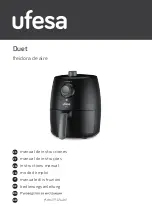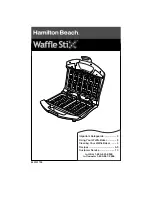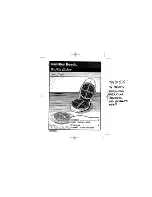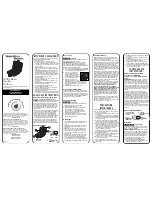
VAPOR VAPOR
TEMP. PRES. TEMP. PRESS.
(DEG F) (PSIG) DEG F) (PSIG)
-20
17
70
146
-18
18
72
150
-16
20
74
155
-14
21
76
161
-12
23
78
166
-10
24
80
171
-8
26
82
177
-6
28
84
182
-4
29
86
188
-2
31
88
194
0
33
90
200
2
35
92
206
4
37
94
212
6
39
96
219
8
41
98
225
10
43
100
232
12
46
102
239
14
48
104
246
16
50
106
253
18
53
108
260
20
55
110
268
22
58
112
275
24
60
114
283
26
63
116
291
28
66
118
299
30
69
120
307
32
72
122
316
34
75
124
324
36
78
126
333
38
81
128
342
40
85
130
351
42
88
132
360
44
91
134
370
46
95
136
379
48
99
138
389
50
102
140
399
52
106
142
409
54
110
144
420
56
114
146
430
58
118
148
441
60
123
150
452
62
127
152
464
64
132
154
475
66
136
156
487
68
141
158
499
Pressure-Temperature Chart for HP62
This ice machine uses R-404A refrigerant and polyolester oil. Do NOT
use mineral oil in this refrigeration system.
••
R-404A is a "Near Azeotrope" so liquid charging is required: See the
next page.
••
When the system is serviced, a special liquid line drier is required. It is
included with replacement compressors.
••
HP62 is not compatible with mineral oil, so these ice machines use
Polyolester oil. Polyolester oil absorbs water very easily. When one of
these refrigeration systems is opened for service, it must be re-sealed
as soon as possible (15 minutes maximum).
••
Special leak detection equipment is required to locate small refrigerant
leaks. Usually a leak detector capable of detecting a Halongenated
refrigerant or HFC-134a will work. Check with the leak detector
manufacturer if in doubt.
Access Valves: To use the access valves:
••
Remove the cap from the stem, use a 3/16" allen wrench to check
that the valve is CLOSED. The remove the core cap.
••
Close the valve and replace the caps when the job is finished.
The valve must be closed and the caps must be on or the valve
will leak.
General Information:
Work on the refrigeration system should only be done when it is certain
that the system needs repair.
••
Refrain from checking refrigeration pressures without reason.
Visual inspection of the water system, observation of the ice
formation, amp draw, voltage, and other techniques will lead to proper
diagnosis.
••
If gauges must be used, don’t always check the high side pressure. If
the condenser is clean and seems to be operating correctly, it most
likely is.
••
If gauges must be used, use very short hoses to minimize refrigerant
discharged into the air.
••
Refrigerant should not be added except as a way to determine the
proper operation of the product. If the system was low on refrigerant,
there is a leak, and it must be found and repaired.
••
This system has a critical charge, it must be recharged with the
correct amount of refrigerant as listed on the nameplate of the ice
machine, or performance will suffer.
••
Anytime the refrigeration system has been opened, the dryer should
be replaced. Note: Only a HFC type dryer can be used.
••
When brazing the tubing connections to components such as the
TXV, the component must be protected by heat sink material.
Recover, reclaim or recycle refrigerant
. The method chosen is up to
the service company. Any refrigerant placed into a Scotsman ice machine
must meet ARI spec 700-88. Reclaim programs are available through
most refrigerant wholesalers.
REFRIGERATION SERVICE
CME855A & CME1000A
October, 1994
Page 25


































